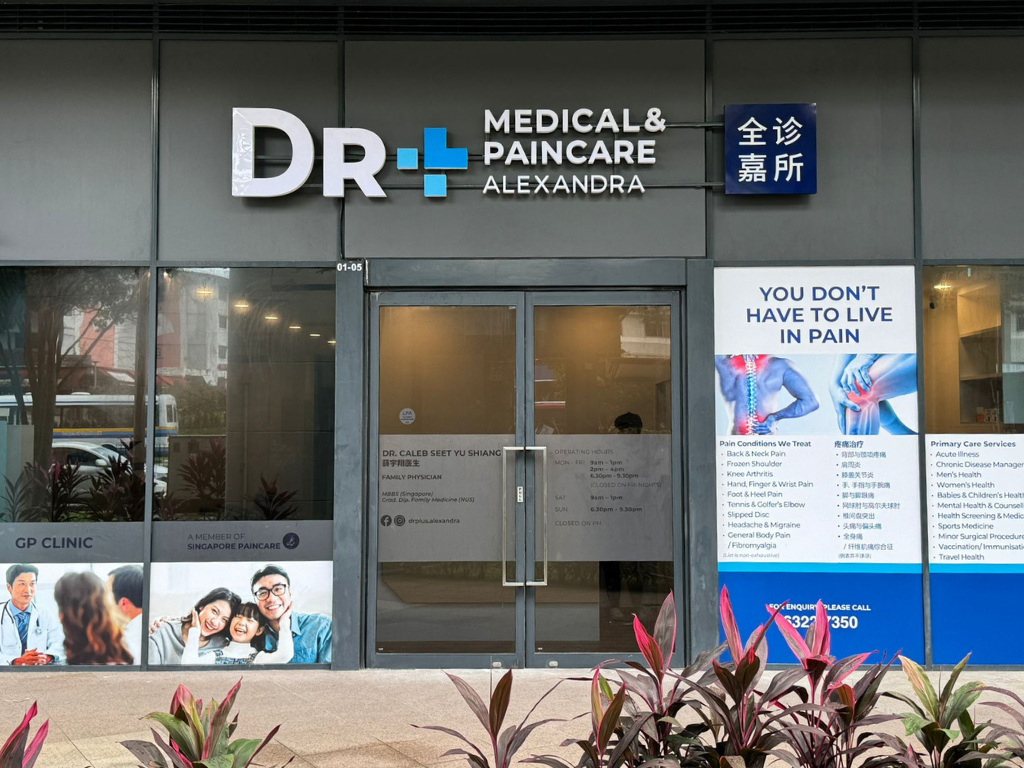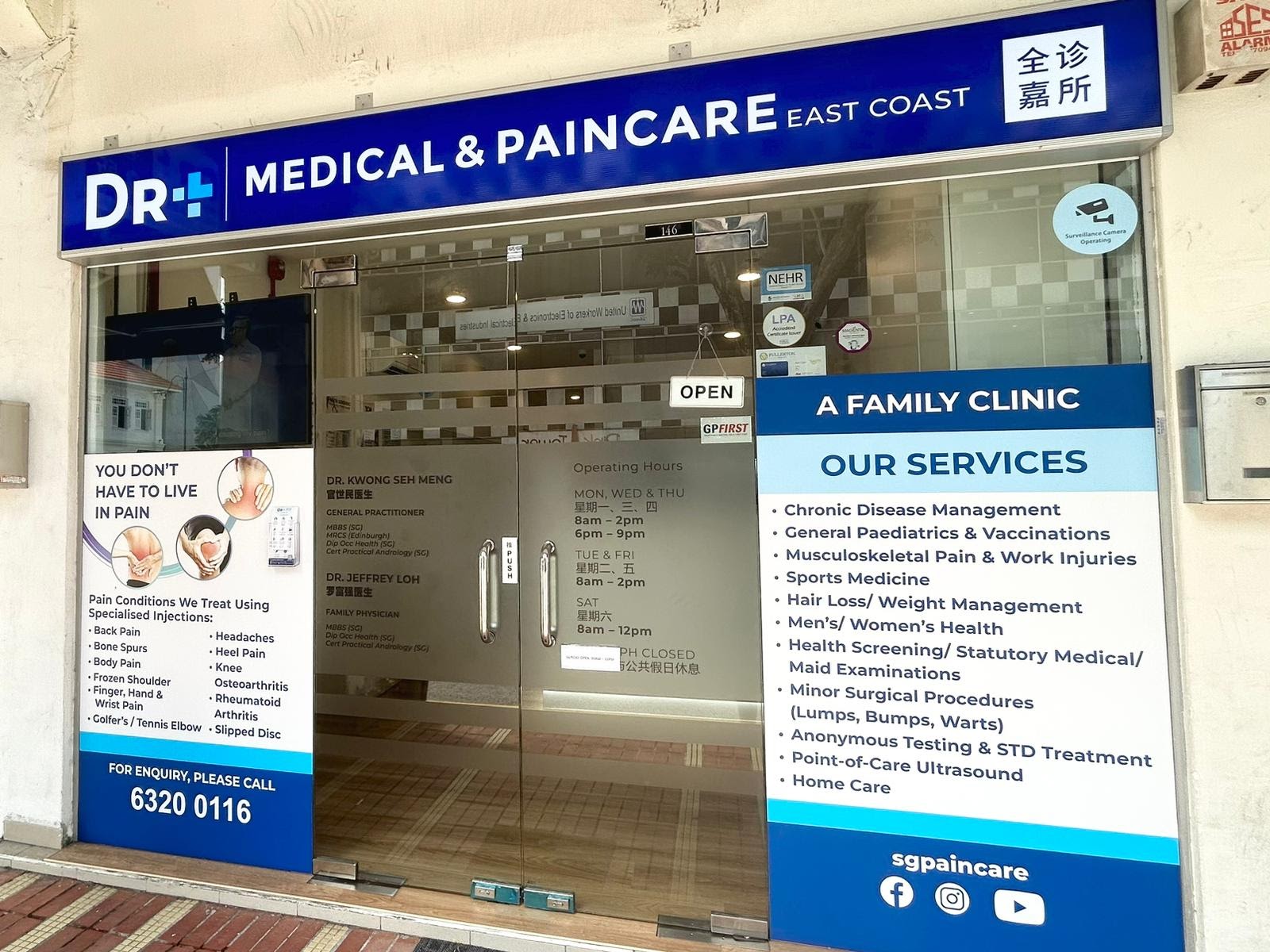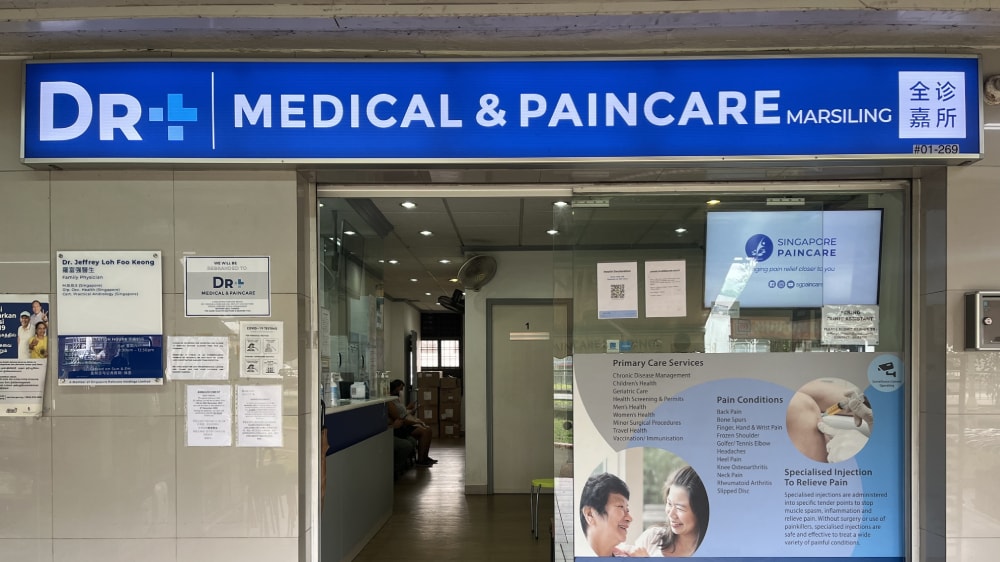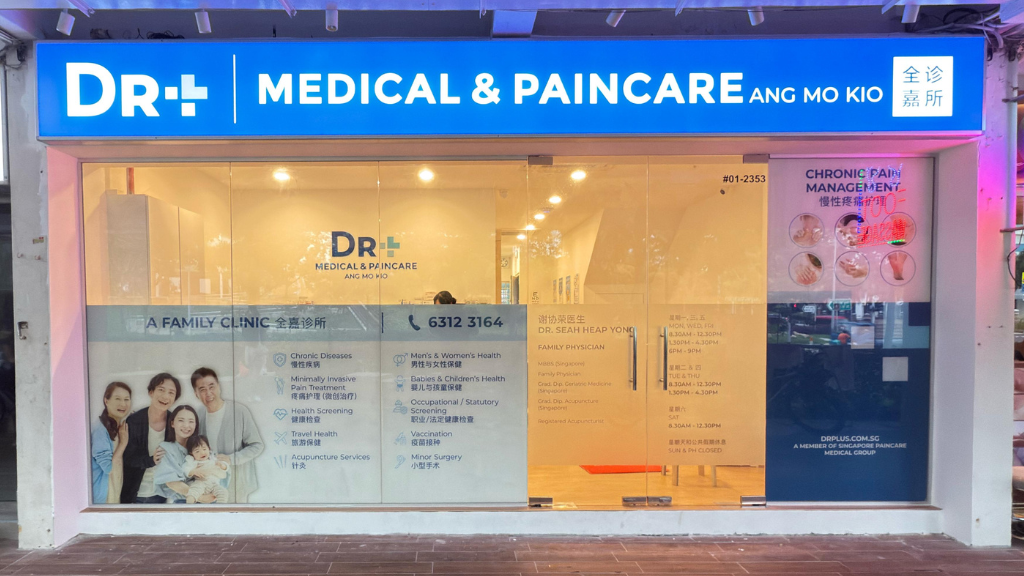Back Sprain / back pain

Back Sprain / back pain
Back sprain and back pain are common conditions that affect a significant portion of the population at some point in their lives. Understanding the causes, symptoms, prevention, and treatment options helps in effective management and recovery.
What Causes Back Sprain/Back Pain?
Back sprain and back pain can arise from various factors:
Over-stretching or twisting of muscles, joints, ligaments, or discs:
The back is a complex structure made up of bones, muscles, ligaments, and discs. Engaging in sudden movements, lifting heavy objects improperly, or participating in strenuous physical activities can lead to over-stretching or twisting of these components. Such actions can result in micro-tears, inflammation, and pain. Activities that involve repetitive bending or twisting are particularly risky and can lead to strains or sprains in the back.
Misalignment of bones in the back:
The spine is designed to be aligned in a specific way to distribute body weight evenly and maintain balance. Factors such as poor posture, congenital spine abnormalities, or injuries can lead to misalignment of the vertebrae. This misalignment, often referred to as subluxation, can place undue pressure on certain areas of the back, leading to pain and discomfort.
Degeneration of discs with age (Slipped Disc):
Intervertebral discs act as cushions between the vertebrae in the spine. With age, these discs can lose their elasticity and hydration, making them more susceptible to wear and tear. This degeneration can lead to conditions like disc herniation or a slipped disc, where the inner gel-like substance of the disc protrudes out, pressing on nearby nerves and causing pain.
Pressure on nerves:
The spine houses the spinal cord, from which various spinal nerves emerge to supply different parts of the body. Any condition that exerts pressure on these nerves can lead to pain. Common causes include herniated discs, bone spurs, or spinal stenosis (narrowing of the spinal canal). The pressure on the nerves can result in sharp, shooting pains, often radiating to other parts of the body, such as the legs in the case of sciatica.
Symptoms of Back Sprain/Back Pain
Individuals with a back sprain or back pain may experience:
- Pain ranging from mild to severe.
- Increased pain when bending in different directions.
- Severe pain that can be pinpointed to a specific area on the back.
- Sensations such as nerve pains, numbness, or pins and needles in the legs.
- Weakness in the legs, leading to walking difficulties.
- In some cases, bladder or bowel problems may accompany back pain.
Prevention and Care
Modifying activities:
Adjust daily activities to avoid excessive strain. For instance, when lifting, use the legs rather than the back, and avoid repetitive bending or twisting motions.
Posture and ergonomics:
Maintain a neutral spine position, especially when sitting for prolonged periods. Ensure workstations are ergonomically designed to support the natural curve of the spine.
Preventing low back pain:
Regularly engage in exercises that strengthen the core and back muscles. Stretching routines can also help maintain flexibility and reduce the risk of injuries.
Balanced exercise programs:
Incorporate a mix of aerobic exercises, strength training, and flexibility exercises. This not only supports back health but also promotes overall well-being.
By adopting these preventive measures and being mindful of one’s activities, the risk of back sprain and pain can be significantly reduced.
Treatment Modalities
Pain Medication
This involves the use of medications such as Non-Steroidal Anti-Inflammatory Drugs (NSAIDs), opioids, and other specialised medications designed for pain management. The type and dosage are tailored to the individual’s condition and medical history.
Myospan
Minimally invasive treatments aim to effectively relieve common pain conditions by targeting pain sources.
- Coreflex Injections: Typically contain a corticosteroid and are used for inflamed joints or tissues.
- Platelet-Rich Plasma (PRP) injections: Utilise own platelets to promote healing in damaged tissues.
- Intra-Articular Injections: Most commonly used to treat osteoarthritis in the hip or knee, but they can also be given in other joints, including shoulders, wrists, ankles, hands, and fingers.
For chronic pain conditions originating from spinal issues, Neurospan can be performed by our team of pain specialists from Singapore Paincare Center.
Struggling With Persistent Pain?
Consult one of our doctors today for a detailed consultation & personalised treatment plan.
Back Pain Management
Rest: When experiencing acute back pain, a short period of rest can be beneficial. It allows the injured tissues to heal and reduces the risk of further strain. However, prolonged inactivity can lead to muscle weakness and stiffness. Therefore, gradually return to normal activities.
Physical therapy: The injection provides temporary pain relief, which enables the patient to engage more comfortably in physical therapy exercises. This can lead to better compliance with the therapy plan and more effective rehabilitation.
Frequently Asked Questions
Are there specific exercises I should avoid to prevent exacerbating my back pain?
While it largely depends on the cause and nature of your back pain, exercises that involve heavy lifting, high-impact activities, or excessive twisting might exacerbate pain. Always consult with a physical therapist or doctor before starting any exercise regimen.
How long does it typically take for a back sprain to heal?
The healing time for a back sprain can vary based on its severity. Mild sprains may heal within a few days, while more severe sprains might take several weeks. Proper care and following medical advice can expedite the healing process.
Can alternative therapies like acupuncture or chiropractic care help with back pain?
Some individuals find relief from back pain through alternative therapies like acupuncture or chiropractic adjustments. However, consult with a doctor before trying these treatments to ensure they’re appropriate for your specific condition.
Is it normal to experience back pain during pregnancy?
Yes, many women experience back pain during pregnancy due to hormonal changes, weight gain, and changes in posture. Discuss any pain with a doctor to determine safe and effective management strategies.
Are there any over-the-counter products that can help alleviate back pain?
Over-the-counter products like heat wraps, cold packs, and pain relief creams can provide temporary relief from back pain. However, read the instructions and consult with a pharmacist or doctor before using any product.
Our Clinics
- Mon, Tue & Thu: 9am to 1pm, 2pm to 4pm, 6:30pm to 9:30pm
- Wed & Fri: 9am to 1pm, 2pm to 4pm
- Sat: 9am to 1pm
- Closed on Sun & PH
-
(Kindly note that clinic’s last registration is 15mins before closing time.)
- Mon, Wed, Thu: 8:00am – 2:00pm, 6:00pm – 9:00pm
- Tue & Fri: 8:00am – 2:00pm
- Sat: 8:00am – 12:00pm
- Sun: 10:00am – 1:00pm
- PH: Closed
#01-54 The Midtown, Singapore 533971
- Mon to Fri: 8:00am – 12:00pm, 1:00pm – 3:00pm, 6:00pm – 9:00pm
- Sat: 8:00am – 12:00pm
- Sun & PH: Closed
988 Upper Serangoon Rd, Singapore 534733
- Mon to Fri: 8:30am – 2:30pm, 6:00pm – 10:00pm
- Sat & Sun: 8:30am – 12:30pm
- PH: Closed
-
(Kindly note that clinic’s last registration is 15mins before closing time.)
Singapore 730018
- Mon: 8:00am – 9:00pm
- Tue – Fri: 8:00am – 4:30pm, 7:00pm – 9:00pm
- Sat: 8:00am – 12:30pm
- Sun & PH: Closed
-
Kindly note that clinic’s last registration is 15mins before closing time.
-
(Last registration timing – Mon: 8:45pm, Tue – Fri: 4:15pm & 8:45pm, Sat: 12:15pm)
Thomson Imperial Court, Singapore 574424
- Mon to Wed: 8:30am – 10:00pm
- Thu: 8:30am – 3:00pm, 6:00pm-9:30pm
- Fri: 8:30am – 6:00pm
- Sat & Sun: 9:00am – 3:00pm
- PH: Closed
-
(Kindly note that clinic’s last registration is 15mins before closing time.)
- Mon, Wed & Fri: 8:30am – 12:30pm, 1:30pm – 4:30pm, 6:00pm – 9:00pm
- Tue & Thu: 8:30am – 12:30pm, 1:30pm – 4:30pm
- Sat: 8:30am – 12:30pm
- Closed on Sun & PH
-
(Kindly note that clinic’s last registration is 15mins before closing time.)
Need Advice On Your Condition?
Please fill out the form and we will be in touch with you shortly.







